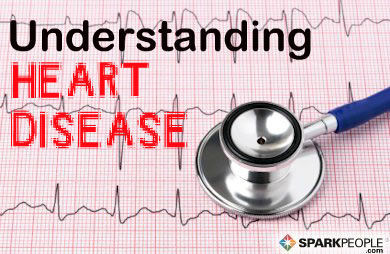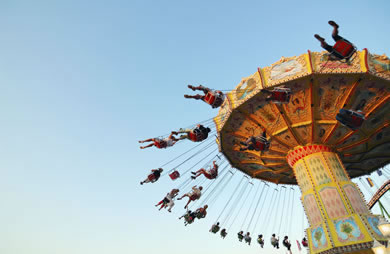|
Do you ever finish a fast run or a terrific tennis match with a wonderful exercise high just to have it diminished by a headache? Exercise headaches occur, just as the name suggests, during or after strenuous and sustained exercise. Activities such as running, rowing, tennis, swimming and weightlifting tend to be some of the most common activities to precipitate the annoying headache. The International Headache Society uses the term exertional headache to describe the headaches that will happen at least once for one out of every 100 people. Unfortunately there are only several small case studies that focus on treatment for this type of headache. However, if you experience them from time to time like I do, you might be relieved to know there are some things you can try to reduce your risks of experiencing the headache low after an exercise high. Exercise or exertion headaches can be divided into two categories. Secondary headaches are precipitated by other underlying and more serious issues with the brain separate from exercise but symptoms may be brought on by exercise. If you experience an exercise headache for the first time or that also includes vomiting, double vision or neck rigidity – seek medical attention immediately to be evaluated. Primary exercise or exertion headaches are usually harmless irritations that can last anywhere from five minutes to two days. These types of headaches are most frequently described as a throbbing headache that occurs during or after a strenuous workout. In most cases they can affect both sides of the head but for me they mostly occur in the top frontal area. It is generally unknown what exactly causes a primary exercise or exertion headache although there are a couple popular theories. The most popular theory suggests that the headache is a result of blood vessels inside the skull dilating during strenuous exercise or activity. Another popular thought is that they are precipitated by a rapid drop in blood sugar. Exercise or exertion headaches are most common during exercise in hot weather or at high altitudes. Those with a family history or personal experience with migraine headaches are more likely to experience exercise or exertion headaches as well. I notice that mine come most frequently when I have dressed too warmly for the room or weather conditions and/or have really pushed my heart rate during the workout. Since exercise is one of the best combatants for many headaches, it is important to find ways to minimize the exercise response while maintaining a positive and challenging workout routine. Here are some ideas that may help bring on the exercise high while keeping away the headache low afterword. Make sure you warm up before you exercise and cool down well after your workout. - This helps to gradually raise your heart rate which provides adequate time for the blood vessels throughout the body to respond and regulate including in the skull. Slow and steady wins the exercise race - Make sure you are not working at too high an intensity rate for your fitness level. Either calculate and monitor your target heart rate, use a heart rate monitor or use the talk test to make sure you are not working out at too high an intensity. Since using a heart rate monitor, I am typically able to predict when I will experience an exercise headache after pushing my intensity during a workout. This information helps me to know what my next steps should be to minimize its response but also helps me monitor my workout as I go to make adjustments to lessen the risk. Make sure you balance your breathing during your anaerobic workouts - Anaerobic exercise focuses on short, high intensity activity that causes the body's demand for oxygen to exceed the supply available. This can be a trigger to someone that is prone to exertion headaches if they do too much too fast and don't breathe appropriately while they are doing it. Make sure that you are breathing in your nose and out your throat/mouth as you participate in an anaerobic workout. Make sure you inhale slowly and deeply, hold for a few seconds and then slowly exhale while you are in an interval rest period. This can minimize the rate at which the blood vessels in the brain contract and dilate. Determine if a dropping blood sugar level could be the problem - Some people are very responsive to sudden changes in blood sugar. If this is you and you think it could be the cause of your exercise induced headaches, try either taking a glucose tablet which provides 4 grams of fast acting carbohydrates or 2 ounces (1/4 cup) of orange juice before beginning exercise. Post exercise, have a carbohydrate rich snack or a full meal within an hour after completing your workout. Make sure you are adequately hydrated for exercise - Dehydration can be a trigger for exercise/exertion headaches. Drink 16-24 ounces of water before you begin exercise plus an additional 8 ounces for every 15 minutes of exercise when you have finished. Remember that caffeine, excessive heat and alcohol dehydrate, so more water would be needed if those apply. Use blood vessel constriction to your advantage - Caffeine causes the blood vessels of the brain to constrict. Because of this, many migraine pain relievers contain caffeine. Use this to your advantage and try a cup of coffee or the equivalent before a strenuous workout. Be sure to drink extra water after. Do you suffer from exercise headaches? Do you have any remedies that have worked for you? Have you ever thought about a headache being connected to your work out? |
More From SparkPeople
|















